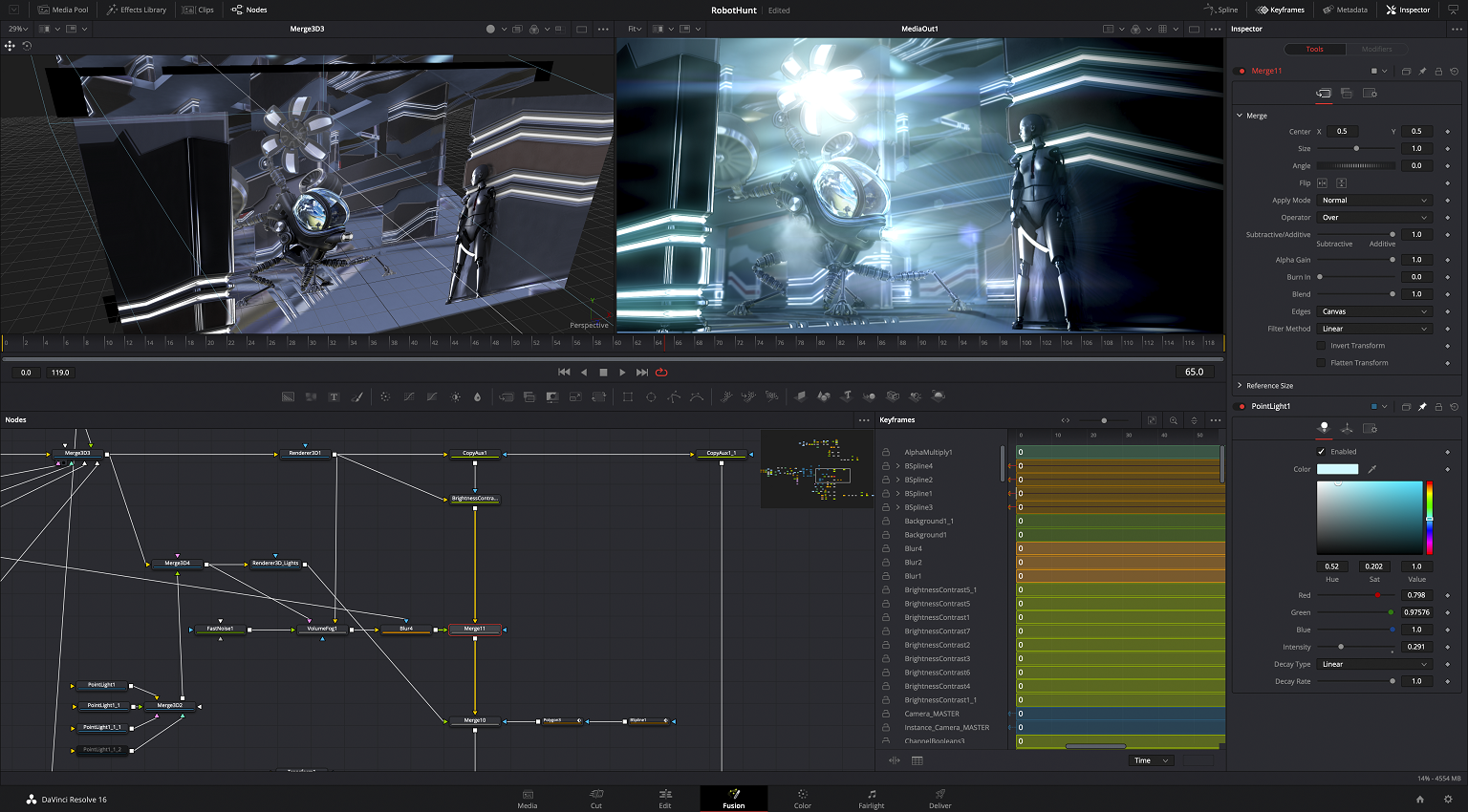
What we're going to do is we're gonna call this our main title and what will do as well as, well, rename this? No, just so we can keep track of it as well and would just reek main.
Davinci resolve fusion shapes plus#
So to keep it nice and easy What? We're going to shift space, typing out text, grab a text plus hit enter on. We're going to just drag that straight across to the media out node and then we have a background. So to start off with, we're going to drag a background note in just so we have a base to start creating on. You can have to if you want, but I find one works well enough.

So generally, when creating titles, I find you generally really only need to have the one view open. So we're gonna zoom out, delete all the nodes and start from scratch. So let's create this effect so that you can understand how it all works. And then we have our line in the middle or merge together and exported at the end. It starts with a background node than we have different levels of text one on the top line on the bottom. So without media out, no displayed in the viewer, that's how we have everything. So let's jump across into fusion on Have a look.
Davinci resolve fusion shapes how to#
There's no animations or anything, and I created it because it's the simplest way I know how to explain how they all work. So here we have a very, very simple title. So I figured I dedicated video specifically to explaining how they work.

These air literally gonna be the ones you might use the most often when creating compositions inside of dementia results.

That is the merge node and the transform node. Today we're going to talk about a couple of the most commonly used nodes inside of fusion. Welcome back to another DaVinci Resolve video. Merge and Transform Node Introduction: Hi, everyone.


 0 kommentar(er)
0 kommentar(er)
